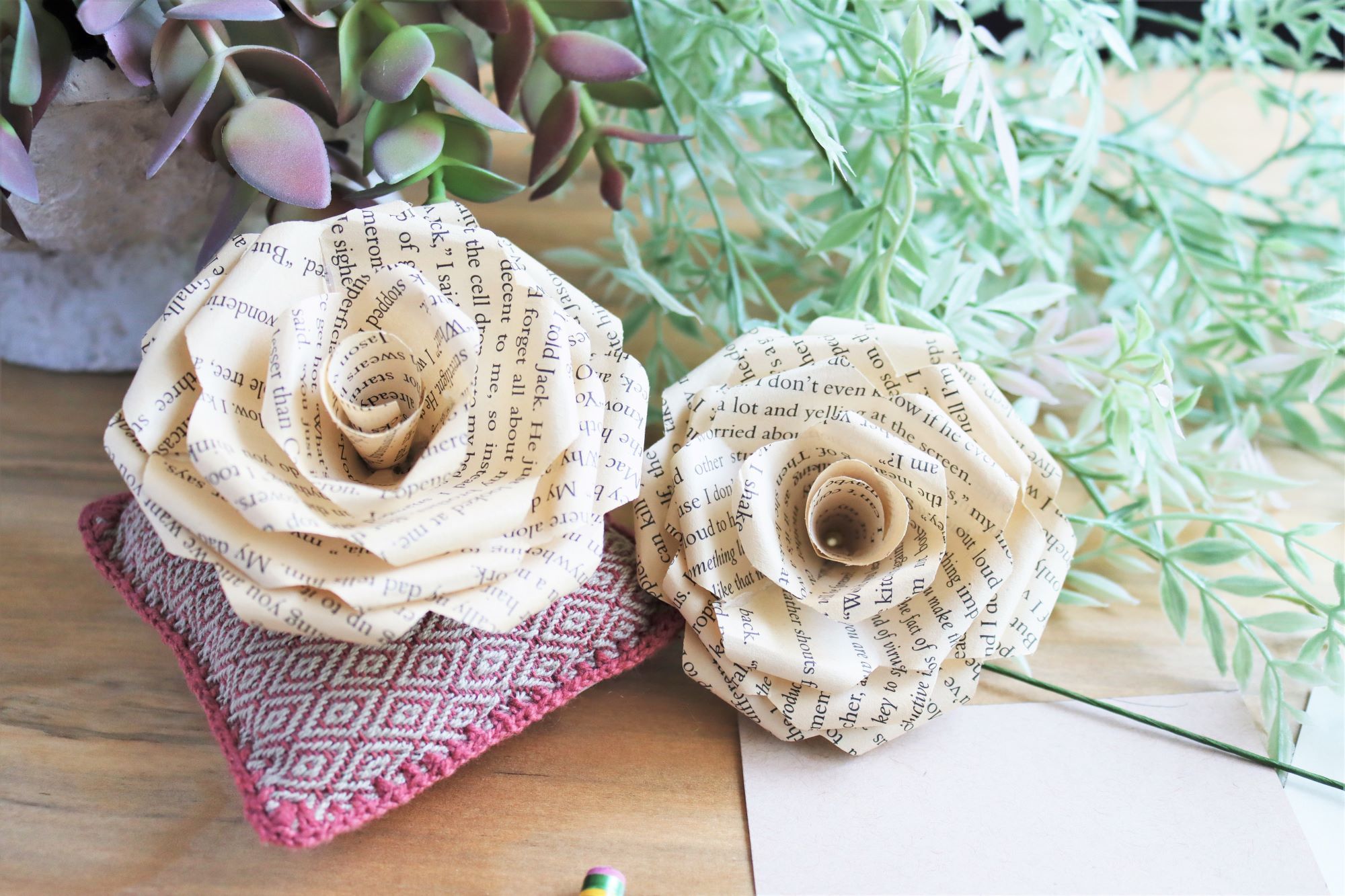
Do you need additional help with your projects in quilting? There are many online tutorials that can help you finish the projects you're dreading. These tutorials can show you how to make a quilt, stitch it and how to attach a binding. You can begin learning immediately! You just need to have the right materials and patterns. It can be hard to make quilts but you can do it with a tutorial!
Free
Here are some free tutorials on quilting. There are over 90 tutorials, including ones that cover binding techniques and quilt blocks. They also provide information about how to make accessories for quilting, including table runners, bags, pillows and bags. These tutorials include instructions for making quilt patterns as well as tips and tricks for getting more out of your fabric. This book is a great resource for beginners in quilting.
Patterns
You can find many online tutorials for quilting. There are many free patterns for quilt blocks that can be used to create a complete quilt. While this series is now over, you can still check out some of the older patterns. The tutorials will show you how to make half-square triangles and other basic sewing techniques.

Stitching
You may be curious about how to sew a quilt if you have decided to make your own. The process is very simple, consisting of layers of fabric stitched together. There are three basic types: running stitches (back stitches), and chain stitches. The straight stitch on a sewing machine involves making stitches in straight rows, at regular intervals. This is the easiest kind of stitch. Before beginning, make a mark on the top of the quilt with a pen or piece of masking tape.
Binding
Binding is an important part of quilt tutorials. But it's not the main focus. Binding can be used to complete a quilt. It hides any last seam, can also be hand-whipped on the back and has perfect mitered corners. Here are some tips for attaching binding to your quilt. These instructions will ensure that you get a beautiful finished product. Also, keep these tips in mind as you work on your quilt.
Adding a Flange
An easy way to create a border of contrasting fabric is to add a flange on a quilt. Cut four pieces of fabric measuring 1" wide and fold them in half lengthwise to add a flange. One half will be concealed in the seam allowance and the other half will have a quarter inch visible from the border. You can also substitute fabric for ribbon by using a finished border. You should ensure that the ribbon is large enough to conceal the stitching.
A border can be added
A border will complete the final product's look and feel. After the quilt top is assembled, it should be bounded to the backing fabric. The layers can then be quilted. Ashley from Film in the Fridge is a great example of a border. Ashley creates feature squares on the bias using squares. Then she uses sashing and a lattice to create a framework. For a lattice-like appearance, you can use quilt blocks.

Add a sashing
Measure the final left side of the quilt before adding a sash to it. Cut long strips to that size and sew them to the left side of the quilt using a central pin method. The quilt is finished when the strips have been cut. Next, you will sew the sashing onto your quilt in the same way as you did for the blocks.
FAQ
What does it cost to have a hobby?
The only thing that costs less than a hobby is time. If you are serious about your hobby it could take years before you achieve your goals.
However, there is something that can help. It's called passion. If you feel passionate about your chosen field, you'll find it easier to put in the work required to achieve your goals.
And once you start putting in those hours, you may find that you become addicted to the activity. This is when the real fun begins. Because you're doing something you like and it keeps getting better. So by the end of the year, you will probably have made quite an improvement.
It doesn't matter how long it takes. You can just try it. You might just surprise yourself!
Is it possible making a living as a hobby?
Not necessarily.
You could be wealthy if you have a passion for starting your own business.
For example, let's say you're a fan of cooking. You love to eat healthy food, so you decided to open up a restaurant.
You serve only organic meals made from scratch and charge customers a small fee to cover the costs of ingredients and labor.
You can grow your clientele over time and eventually hire employees who will work alongside you.
You can eventually expand your menu to include vegan and gluten-free dishes.
This is how you have created a successful company that has enabled you to enjoy the lifestyle you desired.
This doesn't mean that you have to give up your job.
You could instead run your own restaurant and still hold your 9-5 job.
How do I find a hobby to pursue?
When you first start your journey into finding a hobby, you may feel like you've got nothing to choose from.
You may be thinking, "I'm just not artistic" or "I hate sports," or perhaps "I don’t even know what I know."
The truth is that you likely already have a lot experience in your chosen hobby.
It's simply that you haven’t yet realized it.
Have a look at your home. How many things do you own?
Do you have any old toys lying around that could be used?
Perhaps you have a collection.
You might have always wanted the ability to cook.
Or maybe you'd really like to start playing guitar again.
Whatever your hobby, it's possible to make it a hobby.
The key is to see that you already have many experience to draw upon.
You will find a hobby you love once you have it.
Statistics
- I am 100% biologically a woman (discover.hubpages.com)
- Almost 80% of people claim to have no hobby. (hobbylark.com)
- Studies show that just six minutes of reading can reduce stress levels by 60 percent. (oberlo.com)
- The intensity of the dialogue partners' bond at the end of the forty-five-minute vulnerability interaction was rated as closer than the closest relationship in the lives of 30 percent of similar students. (time.com)
- 37% Video Games 36% Travel 36% Health and Fitness (quizexpo.com)
External Links
How To
How to get started gardening
Gardening is one the oldest forms. It takes patience, persistence, determination, and perseverance. The first step in starting your own garden is choosing a location where you want to grow food. You could choose to plant food on a large parcel of land, or in your own backyard. Next, you will need to decide which type of plants are best for you. Do you prefer flowers over vegetables? Some people enjoy growing herbs while others love raising livestock such as rabbits. Before you decide what crops to plant, you should think about how much space is available. If your climate is cold, you may decide to plant berries and fruits.
After choosing what you want to plant you need to prepare your soil. Your plants' success or failure will depend on the soil they are placed in. A good soil has organic matter which helps to feed the roots of your plants. Organic matter is made up of leaves, twigs grass clippings, manure and compost. Once your soil is prepared, it's time to add nutrients. Depending on the type of plants you plan to grow, you may need different amounts of nitrogen, phosphorus, potassium, calcium, magnesium, boron, zinc, copper, manganese, iron, molybdenum, chlorine, sulfur, sodium, and so on. A fertilizer calculator online can help you determine these values. There are many fertilizers available so be sure to know what you are purchasing.
After you have prepared your soil, and added the correct nutrients, you will need to wait until your seed germinates. This process usually takes anywhere from 2 weeks to 3 months, depending on the weather and the temperature in your area. After your seeds sprout, it is important to water them frequently. You can endanger your plants if you water them too often or too little. Ensure you give your plants enough water at regular intervals and avoid overwatering. Overwatering your plants can lead to root disease and fungal infections. Keep in mind that plants are more thirsty during summer than winter. Some plants must be dried out after being watered. Tomatoes, for example, need to be kept moist but not too wet. Soggy soil is not good for them. After flowers are finished, plants must go dormant. When plants stop producing new growth, they go dormant and start storing energy for next season's harvest. The plant ceases sending signals to its roots to produce food during dormancy. Throughout this time, plants can store energy. The plant will eventually die if it is not given enough sunlight or temperatures below freezing.
Living in urban areas may restrict the types of plants you can plant. Concrete sidewalks, roads and buildings are common in urban areas. They block sunlight from reaching the ground. Concrete absorbs light which blocks sunlight from reaching the ground below. This is why many plants cannot thrive in cities. Many plants can still thrive in urban settings. Many trees, shrubs, and perennials can adapt to city living. Many annuals can also grow indoors in pots. You can have fresh greenery all year round with container gardens.
You are now ready for planting!